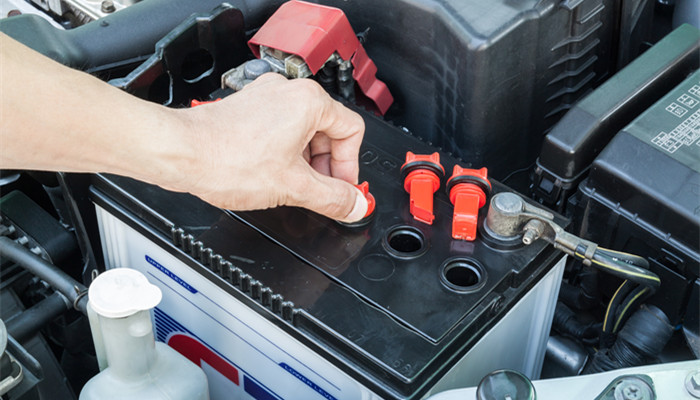
Driven by policy support and demand, the anode coating material industry is ushering in new opportunities for development
The negative electrode coating material refers to an asphalt material with special properties. The negative electrode coating material has the characteristics of good mechanical properties, high chemical stability, and good high-temperature performance. It can not only generate coating agents and binders for use in the field of lithium battery negative electrode materials, but can also be produced and processed into pitch-based carbon fiber products through professional processes. . Currently, negative electrode coating materials are mainly used in the lithium battery negative electrode material market. They have the functions of improving the performance of negative electrode material products, improving the overall performance of lithium batteries, and increasing the service life and safety of lithium batteries.
In recent years, the state has vigorously supported the development of new energy and energy storage industries. Anode coating materials are one of the main raw materials for the production of lithium-ion batteries, and their industry development is strongly supported by national policies. In April 2021, the National Development and Reform Commission and the Energy Administration issued the “Guiding Opinions on Accelerating the Development of New Energy Storage”, proposing to adhere to the diversification of energy storage technologies and promote the continued cost reduction and commercial scale of relatively mature new energy storage technologies such as lithium-ion batteries. application. In the future, my country’s anode coating material industry will continue to develop under continued favorable policies.
At the same time, in recent years, against the background of the continuous development of new energy vehicles and energy storage power stations, the scale of the domestic lithium-ion battery market has continued to expand. According to data from the Ministry of Industry and Information Technology, China’s lithium battery market size will reach 324GWh in 2021, four times that of 2017. China has become the world’s largest lithium battery consumer market for five consecutive years. Against this background, my country’s lithium battery anode material shipments will be approximately 756,000 tons in 2021, a year-on-year increase of 98%. The growing anode material shipments of lithium batteries have provided a strong driving force for the growth in demand for anode coating materials. According to the “In-depth Research Report on the Global and China Anode Coating Material Industry in 2022” released by the Industrial Research Center, in terms of policy support and Driven by demand, the domestic market demand for negative electrode coating materials will reach 85,000 tons in 2021, a year-on-year increase of 89%.
my country’s anode coating material industry started late, and there are currently few market participants. The main companies include Xinjiang China Carbon, Liaoning Runxing, Liaoning Aoyida, Liaoning Hongyu, Xinde New Materials, Dalian Mingqiang, and German Lütger wait. Among them, Xinde New Materials is the leading company in the domestic anode coating material market. Its production capacity accounts for about 36% of the total domestic production capacity in 2021. The production capacity of other companies does not exceed 8%. The competition pattern of the domestic anode coating material market presents a ” One superpower and many strong situations.”
Industry analysts personnel said that with the rapid development of domestic new energy and energy storage fields in the future, the market demand for negative electrode coating materials will continue to increase. , the industry has good development prospects. At present, the development of the domestic anode coating material industry is facing a period of huge historical opportunities driven by continued favorable policies and growing demand. In the future, domestic enterprises will need to seize this huge opportunity and expand competition on the basis of continuously improving technical levels and R&D capabilities. Advantage.

 微信扫一扫打赏
微信扫一扫打赏

